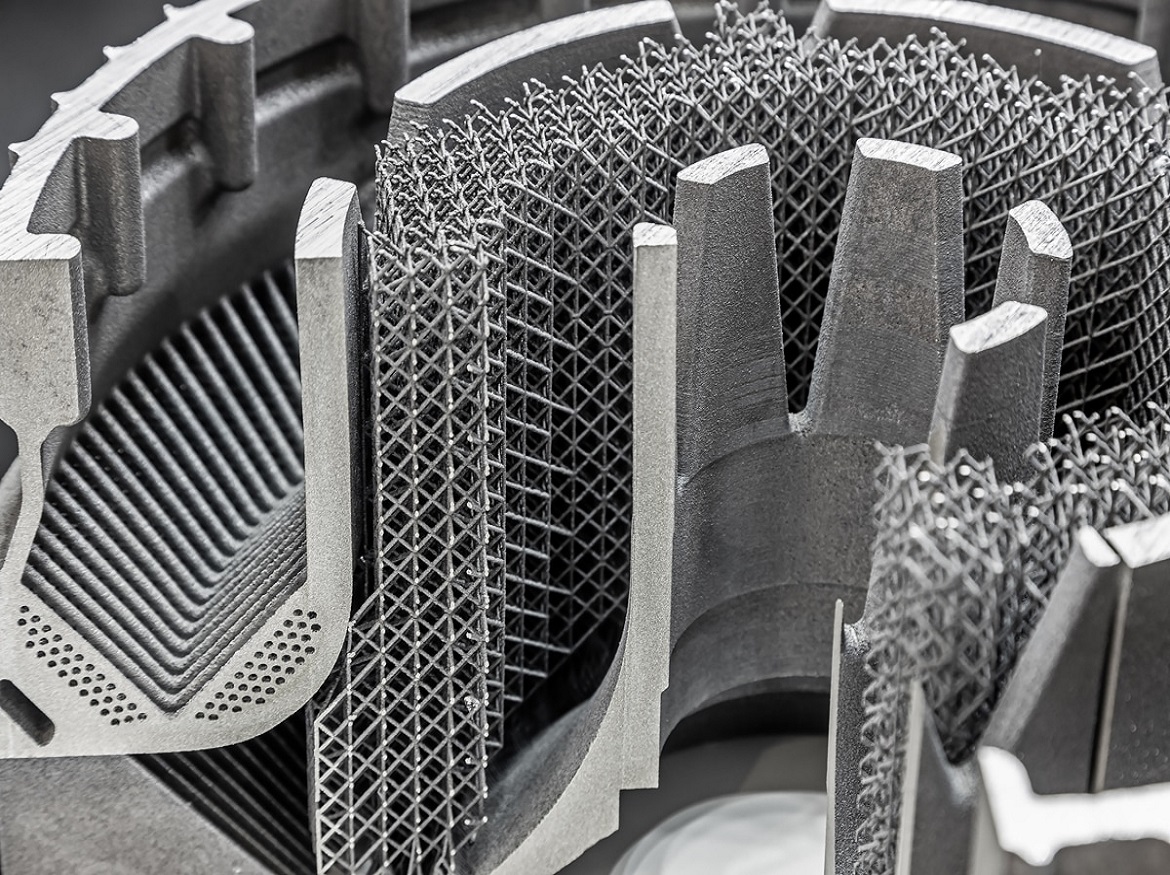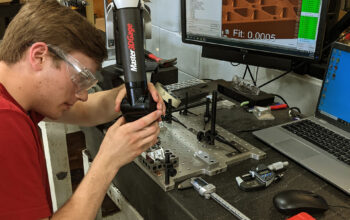Today’s manufacturers need additive manufacturing (AM) because technology makes it possible to produce extremely complex and customized products that are either impractical or impossible to make using conventional manufacturing techniques. It provides more design flexibility, quicker prototyping, less material waste, and the capacity to establish decentralized, on-demand production networks, all of which improve efficiency and competitiveness in the current manufacturing environment. The prototyping phase of product development has long been impacted by additive manufacturing (AM), but recent improvements in speed of operation, superior materials, and optimization software have led to AM’s emergence as a disruptive force in production situations.
The precision of additive manufacturing (AM) technologies depends on the use of high-end, accurate motion control systems since these systems can produce precise and coordinated movements of components. Layer-by-layer deposition or selective laser sintering/melting in additive manufacturing (AM) needs exact control over the build platform, printhead, or laser’s motion. The final dimensional accuracy and quality of the printed parts are directly impacted by the accuracy of these motions. Manufacturers may achieve tight tolerances with the proper motion control systems, guaranteeing that each layer is perfectly positioned and aligned, producing precise geometries and dimensional precision.
Bill Hennessey, president of ALIO Industries, adds that “detailed motion control systems play a crucial role in minimizing errors, defects, and inconsistencies in the AM process.” The integrity and caliber of the printed parts may be jeopardized by misalignment, over-extrusion, or insufficient material deposition if there are any irregularities or errors in the motion. High-end motion control systems use cutting-edge feedback devices, including encoders or sensors, that give the control system real-time position feedback. By allowing for instantaneous modifications and corrections during the printing process, this feedback enables closed-loop control, ensuring accurate and consistent layer-by-layer material deposition.
Precision motion control solutions become increasingly important as AM develops from a prototype to a production technology. When prototyping, the emphasis is frequently on building workable proofs-of-concept or miniature models, where tolerances and accuracy standards may be slack. But when additive manufacturing develops into a production process, the requirement for exact motion control becomes critical.
The demand for uniform and reproducible quality across vast quantities of parts is higher in production-scale additive manufacturing. Throughout the production process, precise motion control minimizes dimensional variances and maintains the ideal geometries by ensuring that each layer is placed precisely. To meet the specifications and demands of end-use products, precise tolerances, and dimensional accuracy must be achieved with this level of control.
Furthermore, optimizing production efficiency requires accurate motion control technologies. Speed and productivity become important considerations as AM is implemented for industrial applications. Faster deposition rates decreased wasteful motions, and optimized path planning are all made possible by precise control over the motion of the components. Higher throughput and cost-effectiveness result from this improved efficiency in manufacturing scenarios. “ALIO Industries serves as a crucial one-stop-shop for all positioning requirements in AM applications, offering a broad range of motion solutions,” writes Hennessey in his conclusion. Our broad range of products, which includes XY-stages, 6D Hybrid Hexapods, gantries, and completely integrated motion solutions, meets the various demands of AM practitioners while streamlining the selection and integration process. ALIO streamlines procurement, ensures compatibility and facilitates technical assistance by offering a single source for positioning components, which ultimately improves operational efficiency and reliability for AM system developers and operators.
Click on the following link Metrologically Speaking to read more such blogs about the Metrology Industry.









